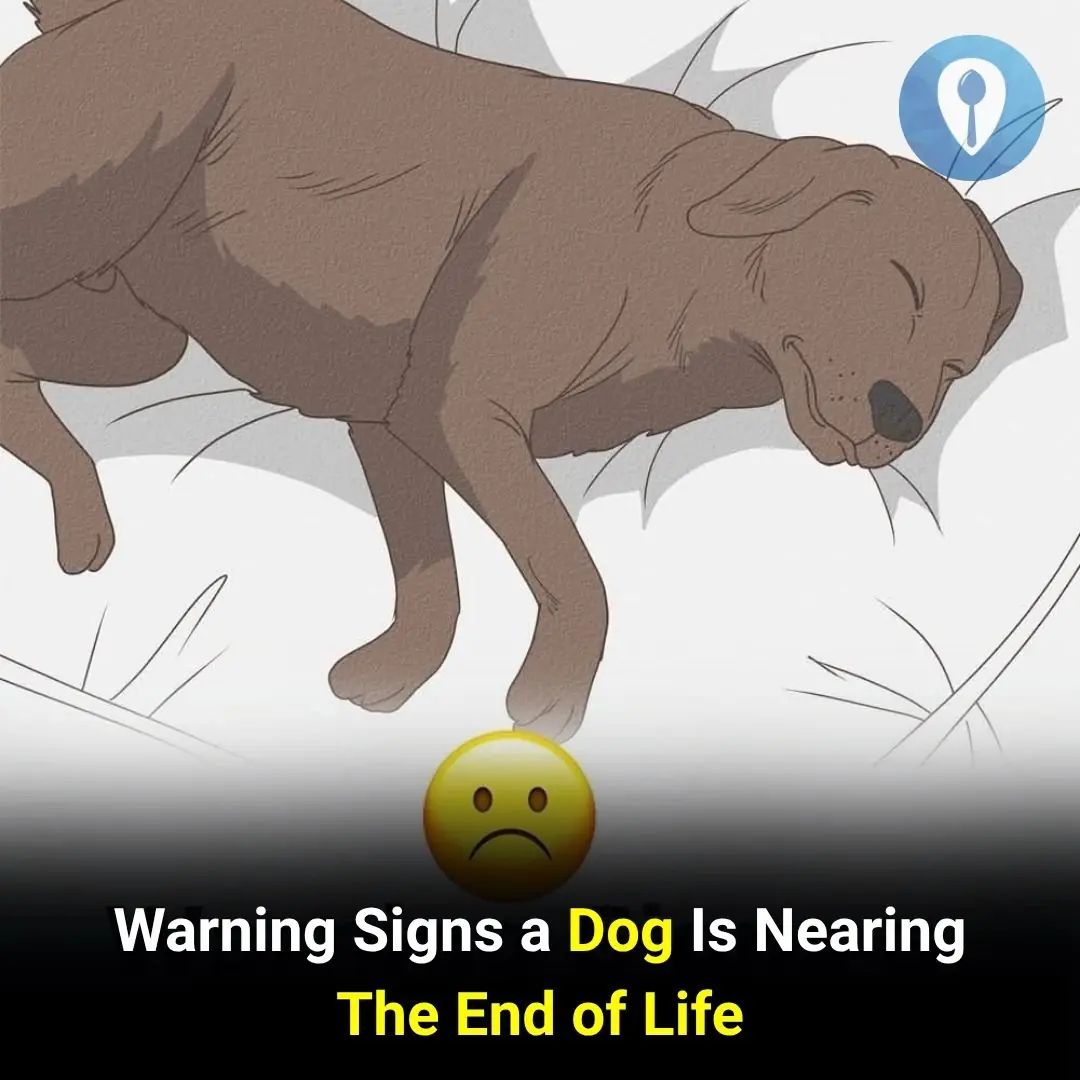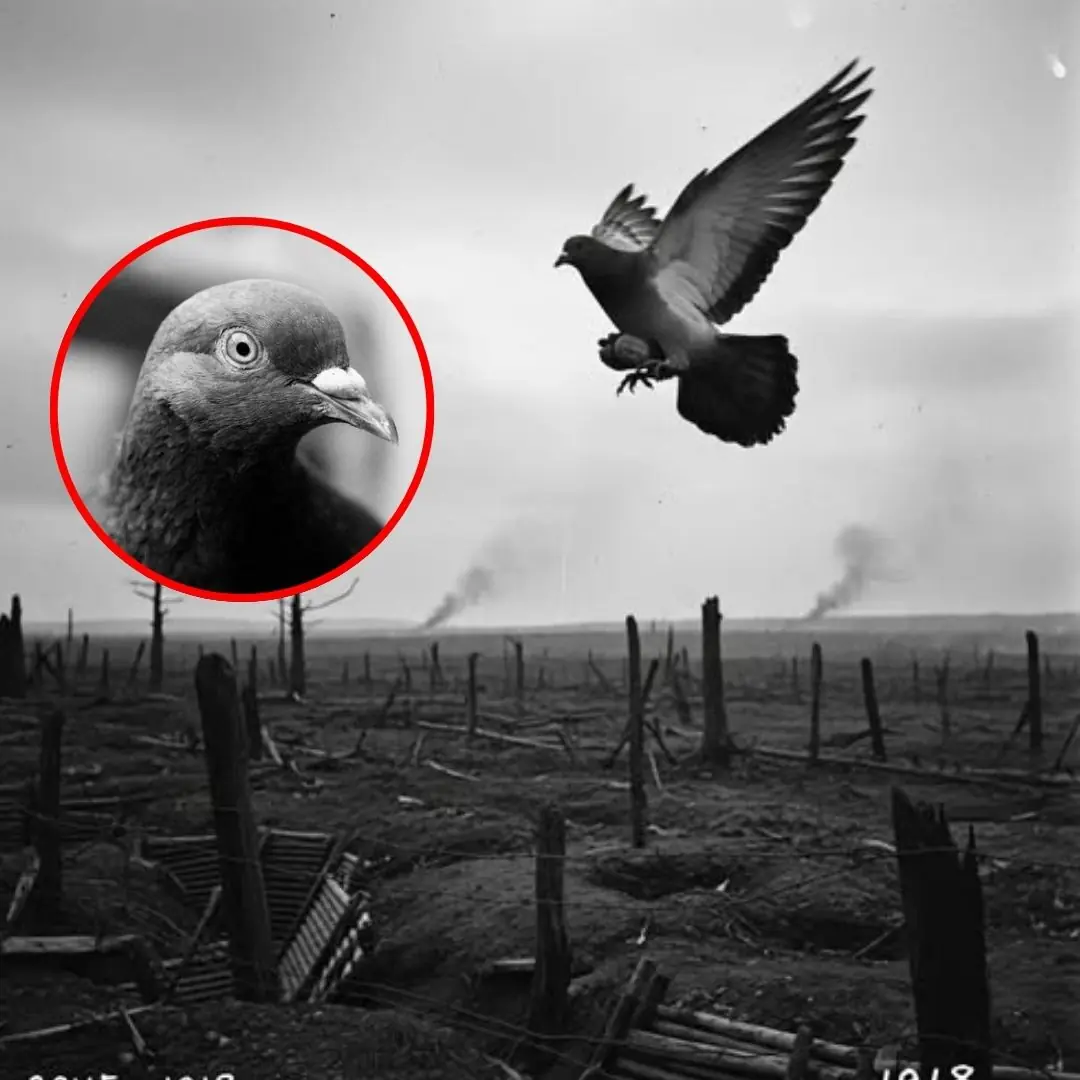
11 Telltale Signs That Your Dog Might Be Approaching the End of Their Life

The article discusses how older or seriously ill dogs may show multiple subtle or obvious signs that they are nearing the end of their life. It emphasizes that none of the signs individually confirm imminent passing, but together they can indicate that your dog’s quality of life is declining and that it may be time to focus on comfort, peace, and possibly end-of-life decisions.
The 11 Signs with Details
-
Extreme fatigue or weakness
Your dog may stop being interested in walks or play, may sleep much more, or have trouble getting up or moving around. The decline in energy levels and mobility is a key indicator that their body is struggling. -
Loss of appetite
A dog that suddenly or gradually stops eating or drinking as much as before may be showing signs of serious underlying issues. Reduced food and fluid intake can accelerate decline. -
Trouble breathing
Difficulty breathing, panting heavily when at rest, or showing signs of respiratory distress can indicate that vital organs (like the heart or lungs) are failing. -
Changes in elimination habits (urination/defecation)
If your dog is having accidents, losing control of bladder or bowels, or simply no longer going out to relieve themselves as before, this can signify advanced decline. -
Behavioral changes or withdrawal
A once-social dog may suddenly seek isolation, lose interest in people or activities, or conversely become overly clingy. Changes in mood or responsiveness are common. -
Difficulty standing or moving
Struggling to rise, climb stairs, or walk even short distances can mean the dog’s muscles or joints or cardiovascular system are failing. The decrease in mobility is a serious sign. -
Digestive issues, vomiting, or weight loss
When a dog’s body systems begin shutting down, signs such as repeated vomiting, chronic diarrhea or constipation, or visible weight and muscle mass loss can appear. -
Eyes appear dull, sunken, or less responsive
Reduced shine or responsiveness in the eyes can show that the dog is no longer well and possibly in discomfort, fatigue, or systemic decline. -
Reduced interest in surroundings or surroundings stimuli
If your dog no longer responds to things they once did—calls, toys, people, routine stimuli—it may be because their energy, senses or will to engage are waning. -
Temperature regulation problems / cold extremities
Dogs nearing end of life may have cold paws, be less able to keep warm, or show other changes in body temperature regulation. This can reflect poor circulation or failing organs. -
Seeking comfort / staying close to loved ones
Some dogs may become more dependent: they may want to be close to their human, sleep nearby, or simply lie quietly rather than be active. This can reflect their desire for comfort in their remaining time.

What You Can Do
-
Monitor the dog’s quality of life: Observe how many “good days” vs “bad days” your dog has, how much they still enjoy life, how comfortable they are.
-
Contact your veterinarian: If you observe multiple signs, particularly breathing issues or rapid decline, veterinary guidance is essential.
-
Focus on comfort: Provide a quiet, warm, familiar space; ensure easy access to food and water; assist in mobility if needed; reduce stress and pressure.
-
Plan for end-of-life: Consider discussions around palliative care, in-home comfort, or humane euthanasia if the dog’s suffering outweighs benefits of prolonging life.
-
Be emotionally prepared: Saying goodbye is difficult. Recognizing the signs can help you provide the best care and dignity for your companion’s final days.
News in the same category


Can Fasting Help Fig.ht Can.cer? What Science Really Says About Intermittent Fasting and Recovery

Most people don't know the meaning of wearing an ankle bracelet

People Shocked to Learn Reason Public Toilet Doors Don’t Touch The Floor

The dark side of protein shakes: Too much protein can silently dam.age your kid.neys

Should you really eat an egg every day? Here’s what science says about cholesterol

Should you replace cooking oil with coconut oil? The truth might surprise you

A legacy of health: Soong Mei-ling – longevity and fight against can.cer

6 Health Benefits of Sleeping In a Cold Room and How to Make it Cooler- And Why You May Not Want to Use a Fan

What Happens To Your Body When You Drink Ginger Tea Every Day?

Why Coffee Is Called the Secret Anti-Aging Weapon for Women

What Really Happens to Your Body When You Skip Dinner for a Month

What those strange skin patterns might really mean

Do you know anyone with this mark on their ear? See what it means

What really happens when you eat eggs every day

How proper breathing can instantly reduce stre.ss

How much water should you drink to protect your kid.neys and control uric ac.id?

Here’s What Really Happens When You Sleep with Socks On

The Heroic WWI Homing Pigeons That Saved Countless Lives
News Post

Protect your kidneys - choose your drinks wisely! Avoid these 4 ha.rmful beverages and hydrate the right way

Reason people get strange white bumps on their lips or private parts

7 scents snakes hate: Use them around your home to keep snakes away

10 signs you’re living with clogged arteries

Doctors Warn That Unusual Odors in 3 Body Areas May Signal Liv.er Damage

If Your Legs Cramp at Night You Need to Know This Immediately

I sneezed 4-5 times yesterday and then felt something tickling my throat

Many people still have no idea what the abbreviation “WC” on restroom signs actually means

Boil eggshells and say goodbye to the

Why Do Your Hands and Feet Itch Like Crazy Every Winter?

A Vegetable Once Fed to Pigs Is Now a “Can.cer-Fighting Superfood” Sold at Sky-High Prices Worldwide

8 Hidden Egg Dang.ers Your Body Is Begging You to Notice — Before It’s Too Late

Indian Borage: The Miracle Leaf That Heals Lu.ngs, Skin, Gut, and Soul

Two Golden Elixirs That Boost Energy, Glow & Balance

The Morning Elixir That Transforms Your Health in One Sip: The Ancient Garlic Ritual Modern Science

Coconut Water Secrets: The Hydration Miracle You’re Drinking Wrong

Guava Leaves: 15 Hidden Healing Powers You’ve Been Throwing Away

Unlock Prostate Power: The Unexpected Superfood Every Man Over 40 Should Be Eating Daily
